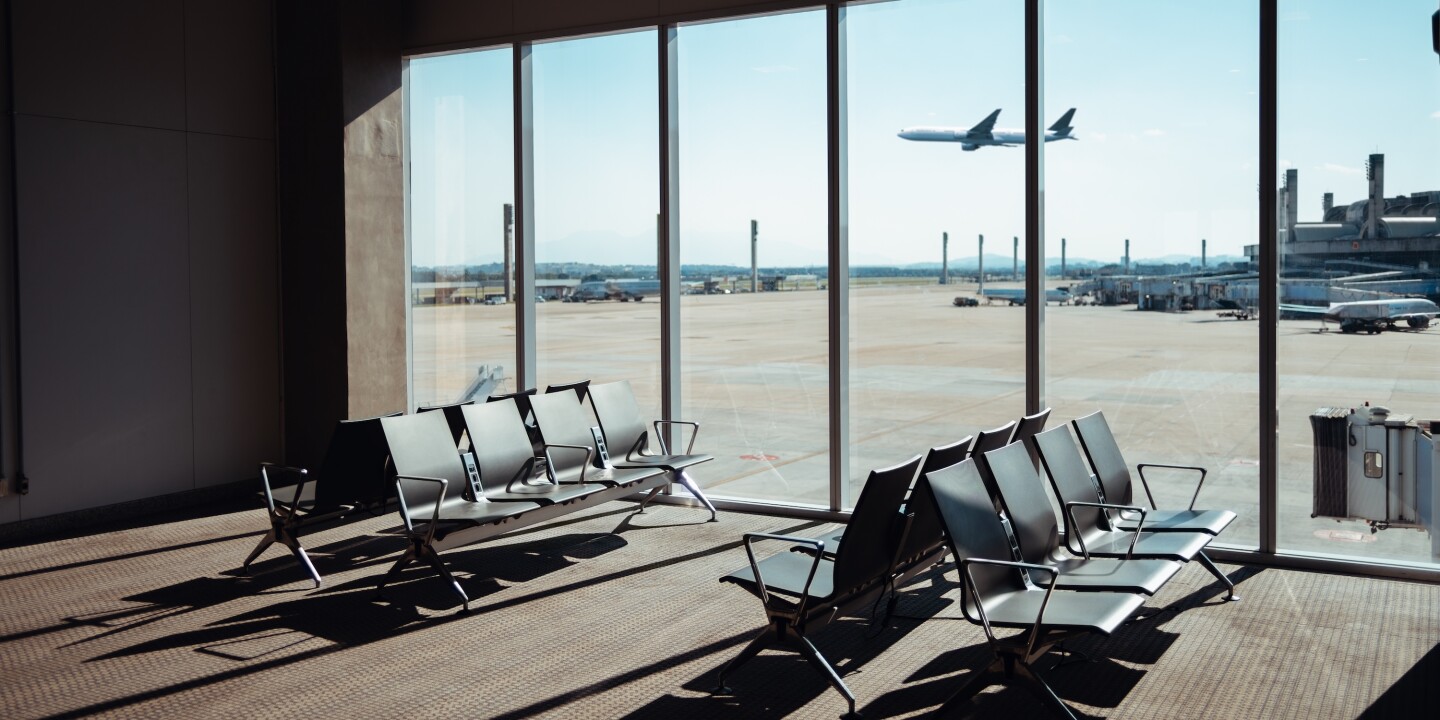American Airlines is preparing to remove metal bag sizers (rigid frames used to mark suitcases that exceed the airline’s official carry-on dimensions) from boarding gates, instead moving to allow gate agents to determine whether a carry-on bag is too large.
“To further simplify the flight experience for our customers and team members, American Airlines will soon be removing baggage sizers from gate areas,” the Fort Worth-based airline said in a statement. From now on, staff will be asked to make judgment calls on the traveler’s side if they are unsure whether their luggage will fit in the overhead bin.
Sizers were intended to streamline boarding and make efficient use of space in overhead bins, but they became notorious for causing last-minute bag checks and heated exchanges as passengers tried to squeeze their luggage through the unforgiving metal template.
While American Airlines has no intention of changing the size requirements for carry-on bags and personal items (which remain a maximum of 22 x 14 x 9 inches for suitcases, including handles and wheels, and 18 x 14 x 8 inches for personal items such as handbags and backpacks), it appears the airline will prioritize flexibility over strict enforcement going forward. Instead of asking travelers to prove their bag fits, agents will visually assess the bag and only intervene if it’s clearly oversized to inspect the bag all the way to its final destination.
The airline said sizers have been removed from gate areas but will remain available at check-in desks for customers who want to ensure their luggage is the correct size for the overhead bins.
While some travelers may welcome this flexibility, others may be concerned about a lack of consistency or that looser enforcement will result in more overhead bins and more gate checks overall. It’s worth noting that United Airlines also removed baggage sizers from gate areas in 2020.
This isn’t the first flight change American Airlines has made this year. In early 2025, the airline revamped its boarding process by reorganizing boarding groups and adjusting when certain fare classes and credit card holders are allowed to board. These tweaks are also aimed at tackling what frequent travelers jokingly (and sometimes not-so-jokingly) refer to as the “gate lice” problem, where passengers crowd around boarding lanes long before a group is called, clogging up space and making it difficult for those actually boarding to get through. American Airlines has tested ways to control crowding by using new technology to publicly humiliate passengers who try to jump the line (if a passenger tries to board the plane before their assigned group, the boarding system makes an audible alert to the gate agent and instructs the passenger to get back in line and wait their turn) and by changing the gate agent’s script to more directly ask passengers to stay back until their group is called.








